Why just collect trading cards when you can step into their universe?
This week at Token 2049 in Singapore, web3 game developer Parallel Studios unveiled a new expansion of its popular trading card game that will flesh out the existing artwork into a 3D third-person shooter game built on Unreal Engine 5.
With over 300,000 users already immersed in Parallel’s dystopian trading card universe, the new shooter — currently codenamed Tau Ceti — will evolve the franchise into a fully immersive experience. The new game’s name comes from the G-type star in a parallel solar system about 12 lightyears from earth.
While blockchain integration is core to the game’s DNA, Parallel Studios has crafted an experience that appeals to both hardcore crypto fans and casual gamers alike. Before venturing into gaming, Parallel’s universe began with a story. It is, first and foremost, a rich intellectual property (IP) rooted in a bleak futuristic sci-fi world. The team at Parallel Studios has consistently embraced the idea of deep narrative immersion, so much so that the founding team of six friends produces a podcast peeling back the curtain to reveal its creative process.

Parallel debuted as a gaming universe in March 2021 with its Alpha NFTs, which remain the most-traded set in their ecosystem. By May 2023, the team rolled out Companions, which are interactive digital gameplay-enhancing collectibles. In October 2023, the Planetfall Expansion dropped, adding 120 new cards and customizable cosmetics to upgrade the game’s factions battling for control of a revitalized Earth.

By June 2023, Parallel introduced the Avatars collection, 11,000 handcrafted profile pictures (PFPs) that doubled as NFT "backpack wallets” allowing players to more easily store items like skins, weapons, and in-game collectibles. The Avatar NFTs were developed according to the ERC-6551 token standard, which designates the NFT as an independent account with the ability to own a wallet of its own. This development set the stage for Parallel Colony, which launched in March 2024, where AI-based NFT characters are the primary players, guided by human gamers.

Parallel’s world-building hasn’t stopped there: By mid-2024, the team partnered with an artist collective known as Royal Academy of Illustration & Design (RAID) — which they detail in a company blog post — to release NFT comic books, thereby expanding the sci-fi lore and deepening fan engagement with the Parallel universe even more.
Bringing your favorite cards to life in 3D
Parallel’s new shooter game builds on the success of its trading card game’s foundations by taking familiar characters from its 2D artwork and turning them into fully rigged, animated 3D models using Unreal Engine 5.
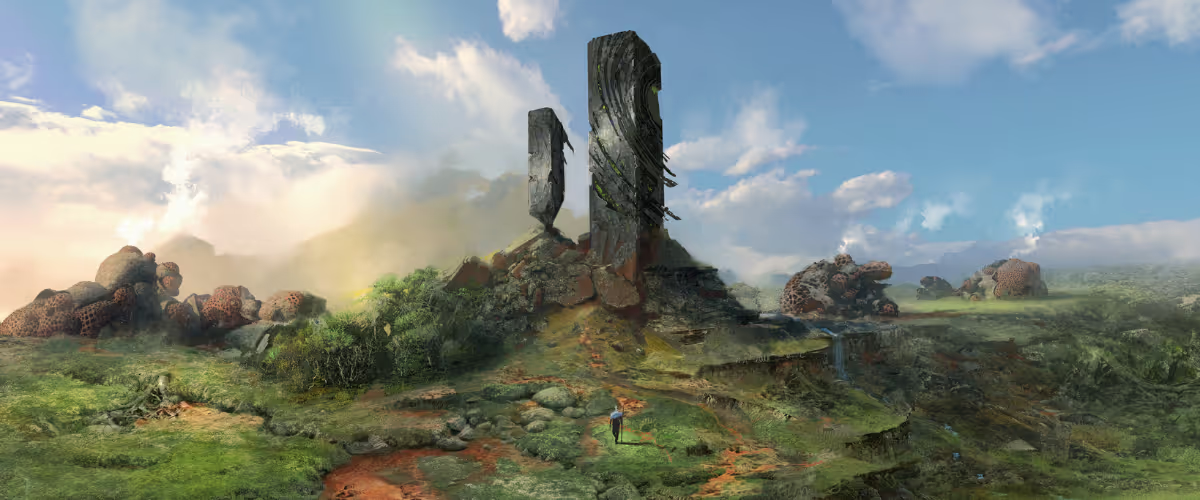
"We’re repurposing the 2D art from the cards and making it for this new world," said Kohji Nagata, head of game design and development at Parallel Studios. "It’s one of our first forays into this kind of crossover between our card game and the broader gaming universe."
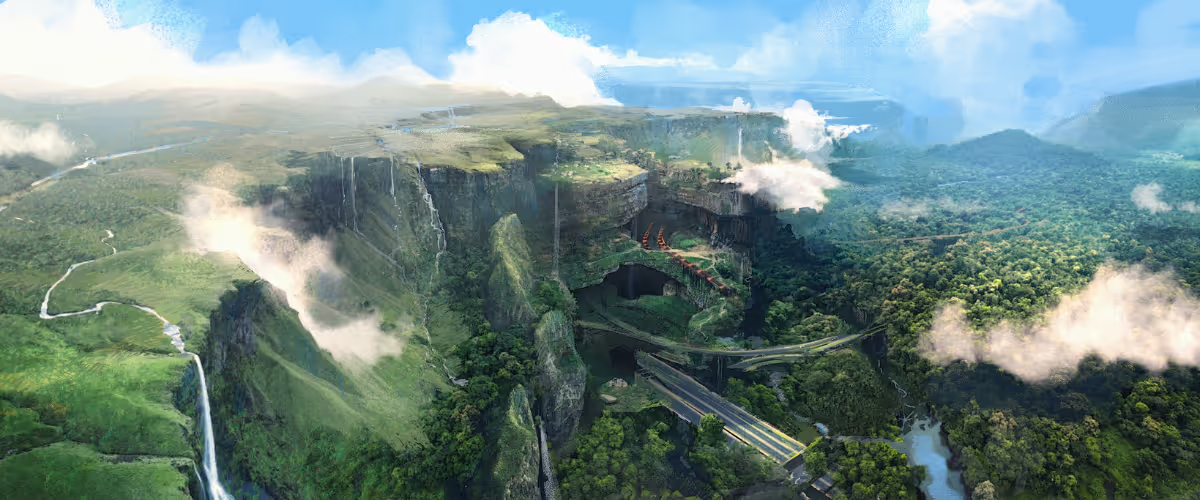
Nagata says the game offers a new way to interact with the characters, especially for players who found the slower pace of card-based strategy games less appealing. Now, the action takes center stage in an extraction shooter, a genre where players compete for valuable assets on a map to navigate richly detailed environments.
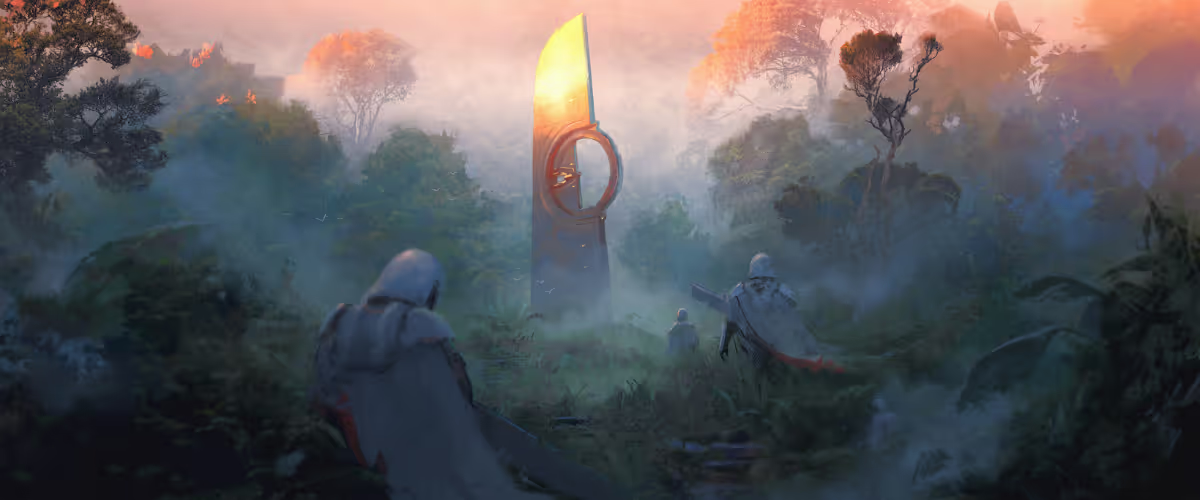
The action isn’t just for blockchain
Parallel Studios has always been committed to integrating blockchain technology, but with this shooter, they’re making it optional. “In order to make these games approachable for web2 people, you have to lower the barrier to entry. That includes things like gas fees and wallets,” Nagata explained. “Our goal is to make the blockchain elements optional.” He says this approach allows players to dive right into gameplay without worrying about the technicalities of web3.
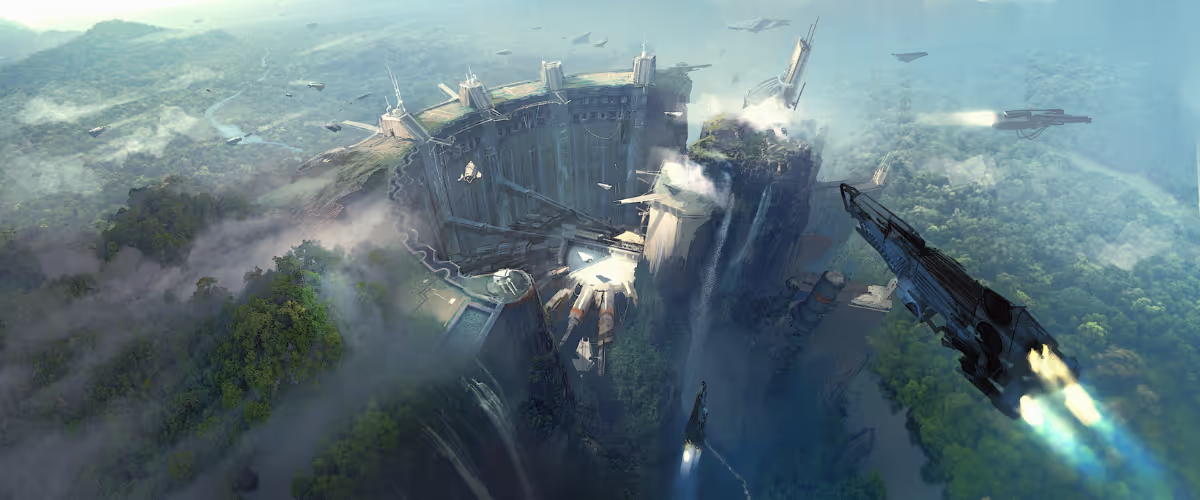
For those who want to engage with web3 elements, however, a blockchain layer will enable players to mint items like weapons, skins, and characters as NFTs. Perhaps the biggest benefit of owning items as NFTs, says Nagata, will be the ability to carry them into different gaming environments, a feature known as “interoperability.”
"The idea of ownership and being able to extract things of value from a given map, then bring those into another map — or even lose them — that’s exciting," said Nagata. But for those who don’t care about that element, Parallel will still be a fun, competitive shooter.
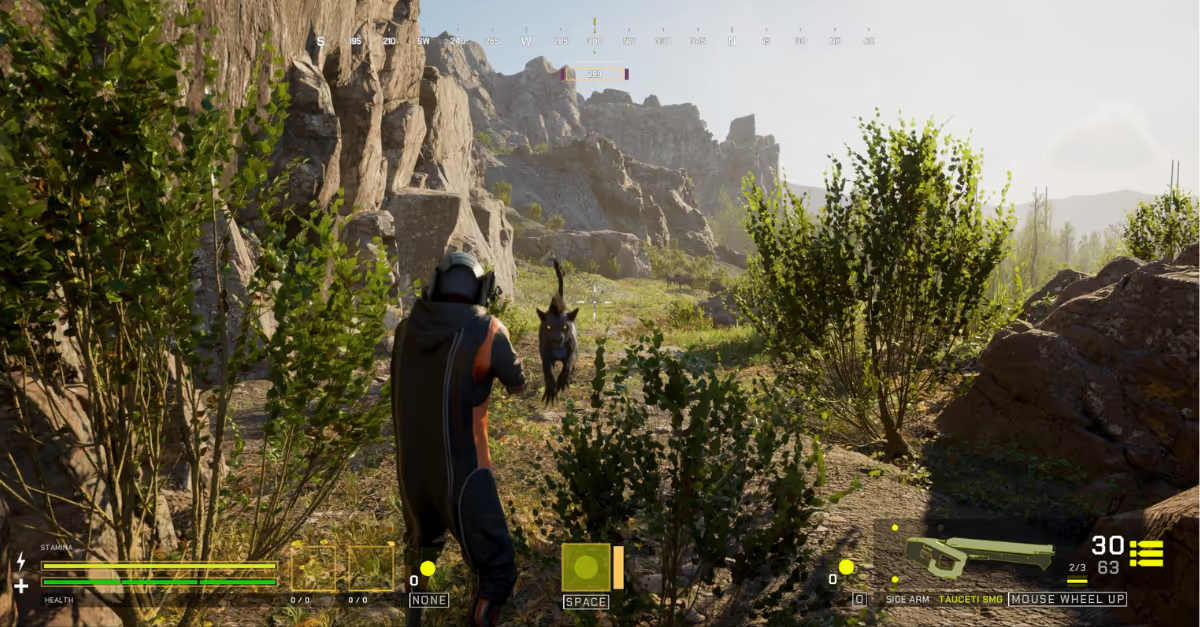
Unreal Engine 5 sets the stage
The game is using Unreal Engine’s high-fidelity graphics and dynamic lighting to create a next-level gameplay experience. Nagata says this is a step up from the simpler graphics seen in earlier blockchain-based games and signals the possibility that web3 games can be as visually stunning as AAA-quality titles.
It’s not about ego, either: Nagata says this level-up in graphics quality serves the story, going back to Parallel’s ethos from the beginning.
“We don’t want to limit the story and art we’ve created to a narrow audience,” he said. “Our goal is to distribute [the story] as broadly as possible. What we’ve created is more than just a simple, idle game. There’s deeper direction and engagement involved.”
At the heart of the Parallel IP lies a central question: can humanity, despite its differences, ever truly get along? The game’s five character factions — Marcolians, Augencore, Kathari, Shroud, and Earthen — represent divergent paths that humanity has taken after the earth goes dormant and mankind scatters across the galaxy. Each faction embodies different philosophies. All are shaped by their environments and survival strategies, yet they share a common origin: Earth.
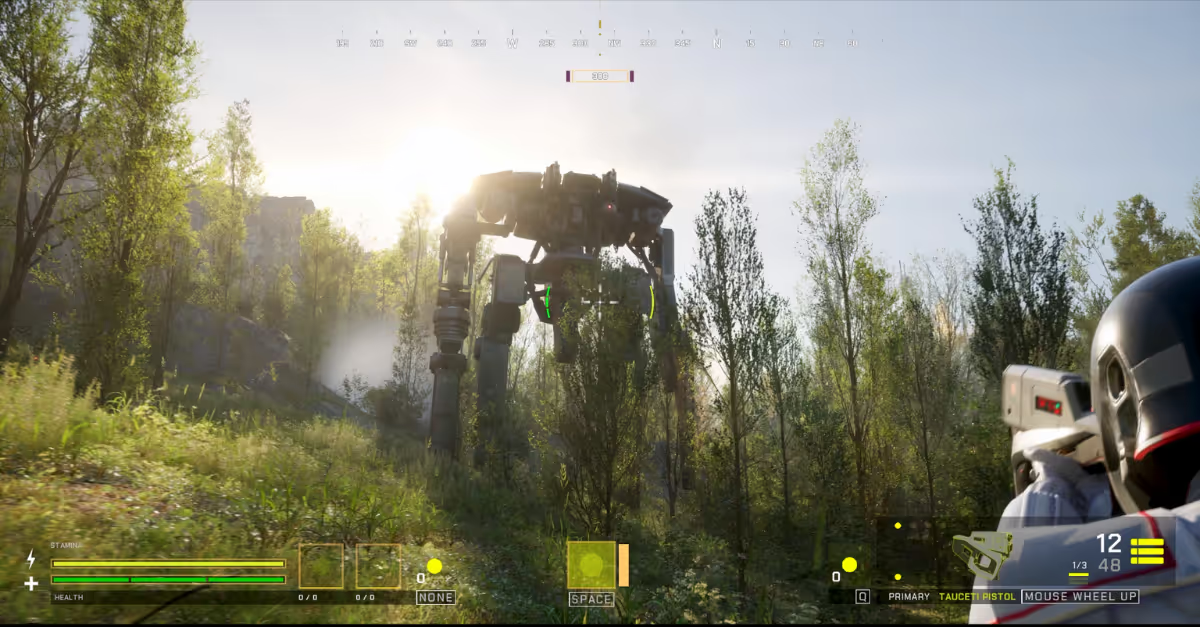
The dystopian narrative invites players to reflect on the state of our world
Nagata says that within Parallel’s driving lore is a familiar cautionary tale: our self-destructive tendencies as humans. Particularly, he thought a lot about the way science and technology can lead to the earth's devastation when writing the game’s narrative with his co-founders.
"Through tinkering with science, humans basically ravage the earth,” said Nagata, who studied both political science and philosophy in university. That’s kind of how the whole thing starts." The game therefore reflects a warning about the dangers of unchecked actions.
Still, he stresses that we’re all here together. Despite belonging to different factions with drastically different values and experiences, "If you asked any of these factions what they are, they would say, 'Well, we’re humans,'" Nagata explained.
This central theme of commonality amid division serves as a cautionary reflection on our own world. "We're all fighting each other, thinking we're so different, but really, we all came from the same place," Nagata continued. "Unless we are able to see past those differences, it’s only going to end in the same conflicts. If you don’t learn from the past, you’re doomed to repeat it.”

The road ahead and Parallel’s 2025 alpha release
Though no firm release date has been set for the new game’s release, Parallel Studios expects early alpha testing for the shooter to begin in 2025. Nagata says PC will be the primary platform, with potential expansions to mobile and consoles in the near future.
As the Parallel community eagerly awaits more details, the excitement is palpable. One independent (and admittedly non-crypto-loving) game reviewer praised the existing trading card game as “one of the most promising NFT games” on the market, while web3 news outlet Bankless plugged it as “legitimately strong.”
Fans can expect even more with Parallel’s evolution beyond trading cards into the lore of a high-octane third-person shooter. Think stunning graphics, intense gameplay, and the option to participate in the Web3 side of things — or not, if you’re just in it for a thought-provoking tale.
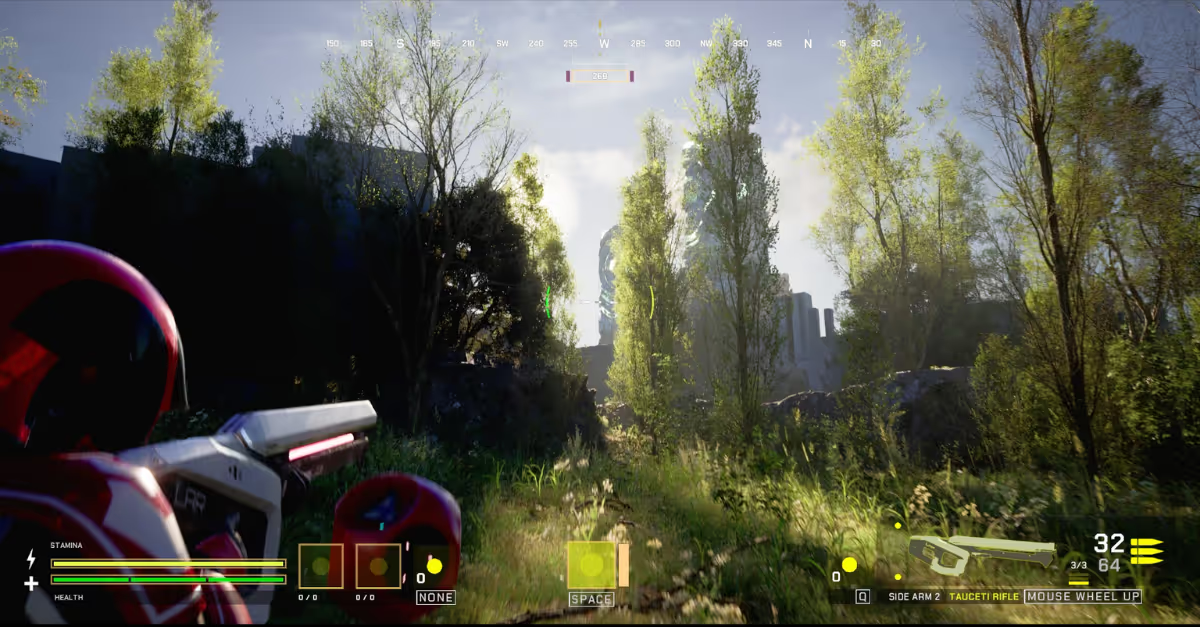





.avif)
.png)
.png)
.png)




.png)